AWS Summit London Recap
By Will Chalmers and Paul Corley
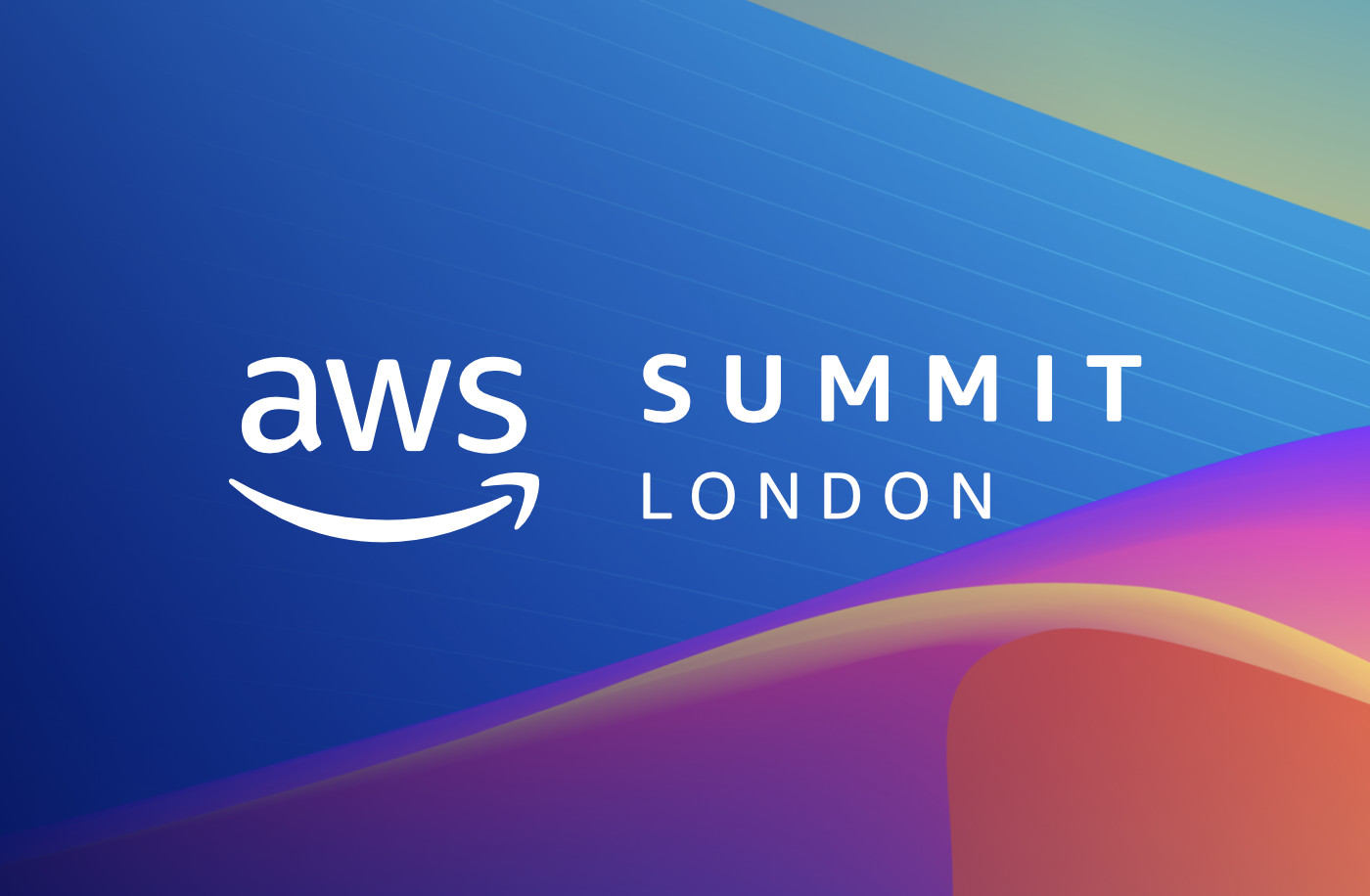
This year the AWS Summit London has once again been and gone; however, this year, it wasn’t just the biggest in the UK but the biggest across EMEA!
It was filled with exciting talks, activities, networking opportunities and, of course, an obscene amount of free merch!
The transACT cloud team was fortunate enough to attend once again, having been on stage the day before with AWS presenting a customer case study at the sister event – AWS Partner Summit.
Our cloud team was excited to attend AWS Summit, which allowed us to explore upcoming changes to AWS, meet and network with our clients and partners and most importantly, immerse ourselves with knowledge from industry leaders – ensuring we are always up to date on the latest industry trends and cutting-edge technologies used by the most prominent companies across the globe.
In this blog post, we will share our experiences of the event and some of our biggest takeaways.
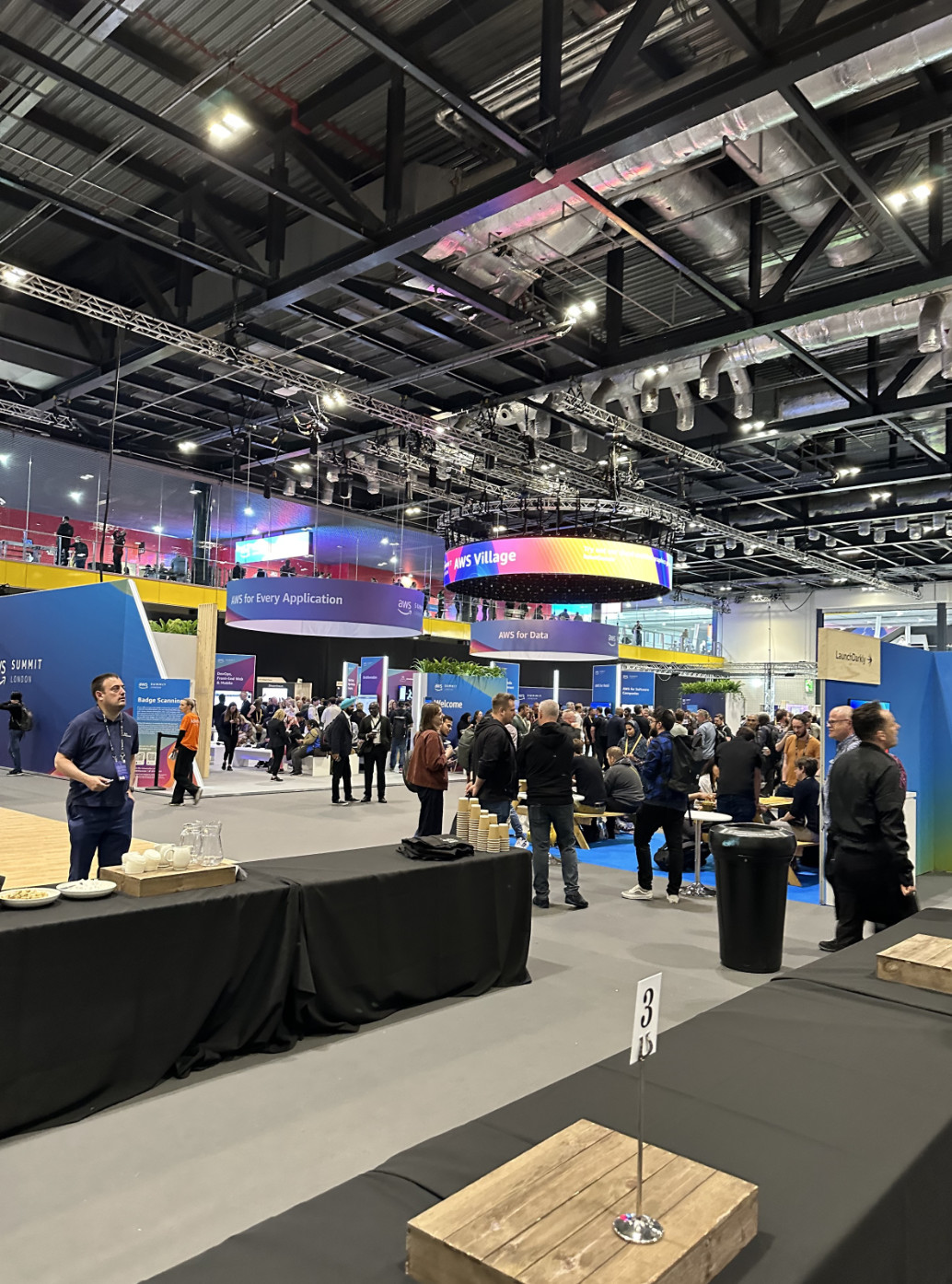
EKS – Production Grade Kubernetes
Hosted by Liz Duke, Jonathan Deeming & Ben Draper
This was the first talk of the day that we attended, which was focused all on Containers and Kubernetes, which turned out to be one of the key domains of the whole summit.
Experian was co-hosting this talk and started by sharing valuable insights into their practical implementation of Kubernetes. Draper detailed the considerations and lessons learned and how he tackled them. One notable challenge discussed was avoiding IP address exhaustion using the VPC CNI plugin to increase the number of available IP addresses.
Deeming then explained the challenges Experian faced onboarding developers to Kubernetes and was refreshingly direct!
He detailed the four stages of the journey with Kubernetes:
- Initially, finding it very difficult
- Nailing it & feeling confident
- Some K8 disaster leading to despair.
- Finally, it clicks!
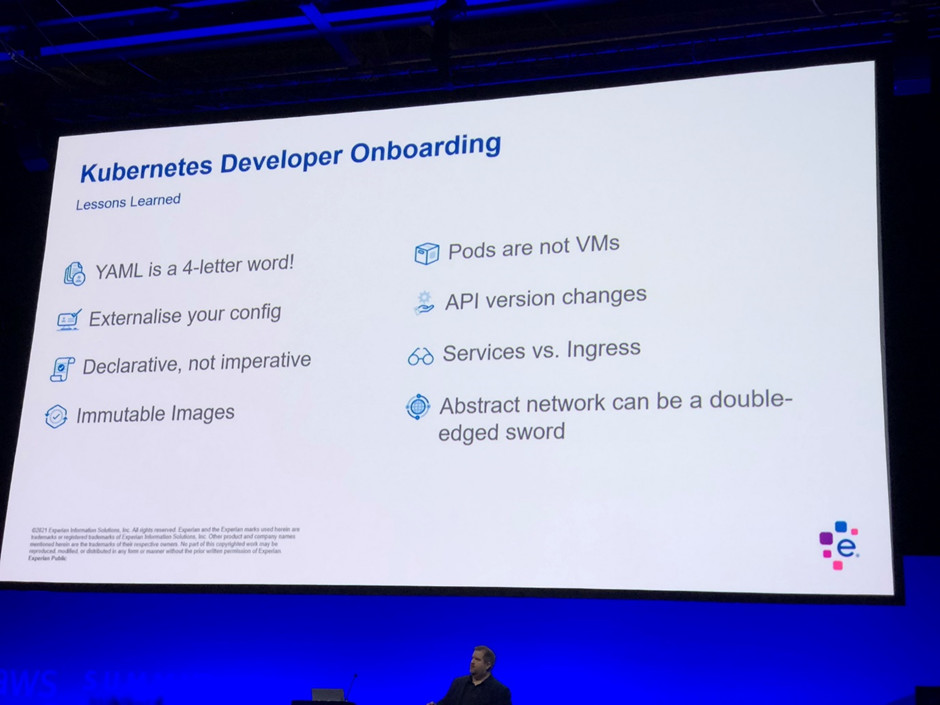
Tanuja Randery (Managing Director, EMEA), explained how AWS was not only investing in infrastructure but also in digital skills. She announced AWS’s commitment to training 25 million people for free by 2025. One of these initiatives is the GetIT program, specifically aimed at 12-15-year-olds to inspire and cultivate their interest in STEM; this was fantastic news to hear as we at transACT are very passionate about getting young people into cloud careers and are very proud to support and be involved with the AWS re:Start & GetIT programs.
Tanuja also hosted a ‘Women in Tech’ event later in the day, which a number of the transACT team were invited to and found thoroughly motivating!
Next, Swami Sivasubramanian (VP for Databases, Analytics, and AI & ML) detailed how we have reached the tipping point of Generative AI, which will transform every business and industry as the machine learning interface becomes more accessible and user-friendly.
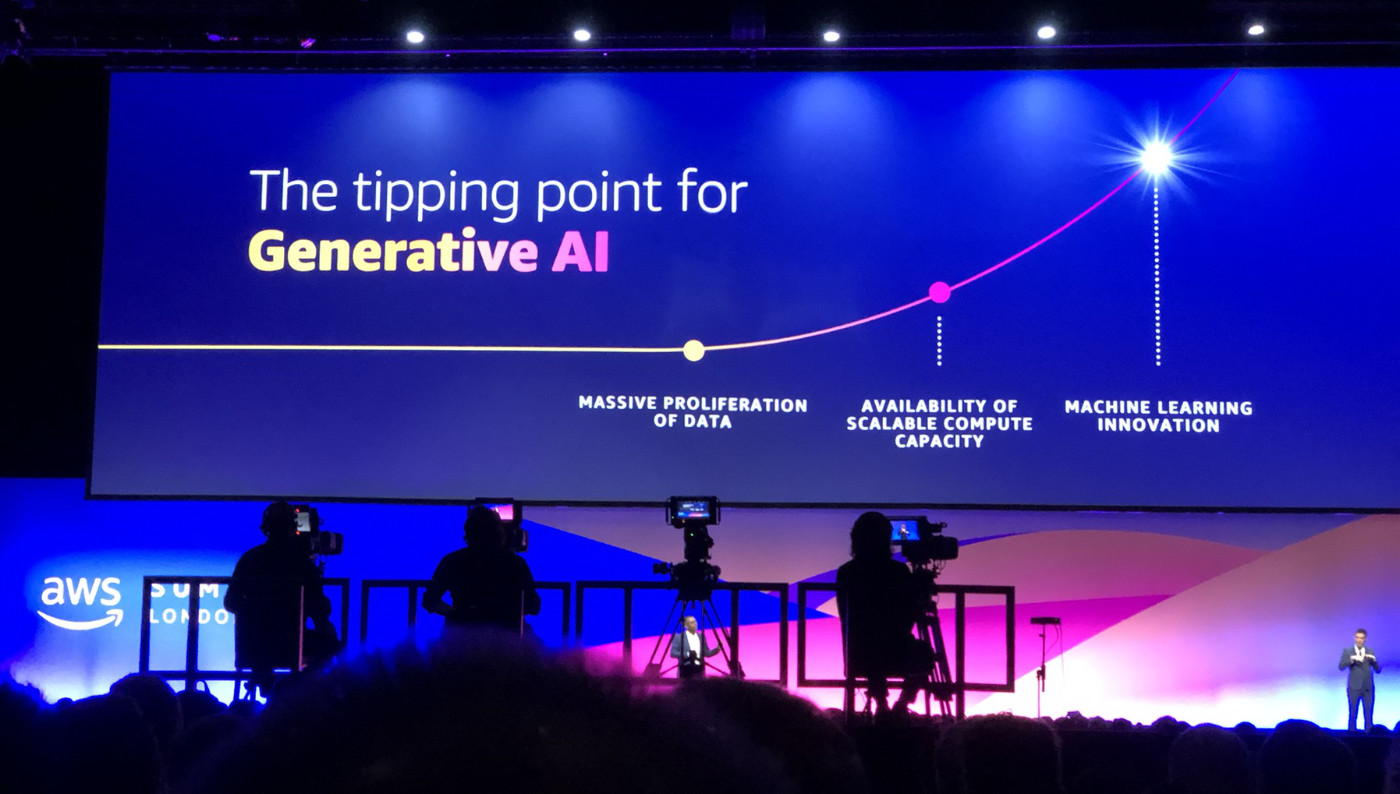
Verify priority architecture characteristics to design well-architected applications.
Hosted by Laura Verghote (Territory Solutions Architect)
One talk I found particularly valuable was the architecture talk by Laura Verghote. It was centred around designing solutions and keeping them compliant throughout the design process.
Laura started by explaining architectural katas* and the MoSCoW** prioritisation method to ensure you are gathering all of the correct requirements from clients and prioritising them correctly and efficiently.
The talk then moved to discuss the lenses feature of the Well-Architected tool and how they can be utilised during the design phase of applications too, but firstly picking an industry or technology related to your application (e.g. IoT, Serverless or General Healthcare). Then using the specifically curated questionnaire to compare your designs against specific best practices during the design phase. Using the Well-Architected Lenses during design is something we found particularly interesting and have already begun integrating it into our design processes.
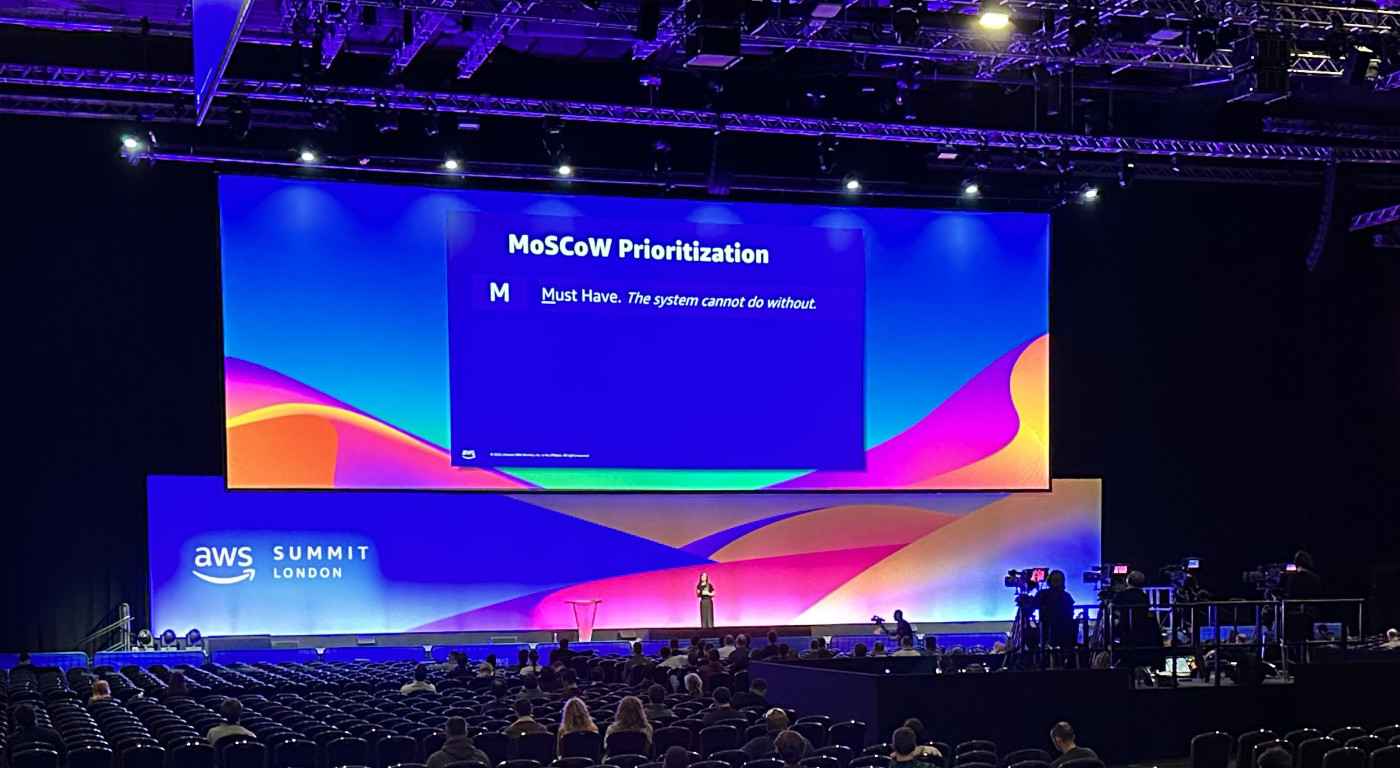
**MoSCoW – Must have, should have, Could have, won’t have. A way of prioritising what features should be included in releases
| Sticker Bar | A big basin filled with AWS stickers and badges |
| Urban Nature Hub | Natural area with plants and a photobooth, great place to sit down and also learn of the AWS Sustainability efforts |
| Training & Certification Booth | Learn more about the different certifications and training opportunities offered by AWS: CloudQuest was one we found particularly interesting for people just starting on AWS |
| Snowflake | A big slide from the 2nd to the 1st floor – letting you ‘slide into the cloud’ |
| Ask An Architect Booth | Open booths to talk to AWS Architects for advice and opinions – these were split into different domains so there was an individual stall for Networking, Compute, Security etc |
| Passport Program | Visit 6 of the 9 highlighted stalls and get free rolled ice cream! |
| GameDays | Multiple F1 and New Frontier game days combining games and AWS into an interactive event. |
| DeepRacer | Use Machine Learning to program and race a car round the track to get the quickest time! |
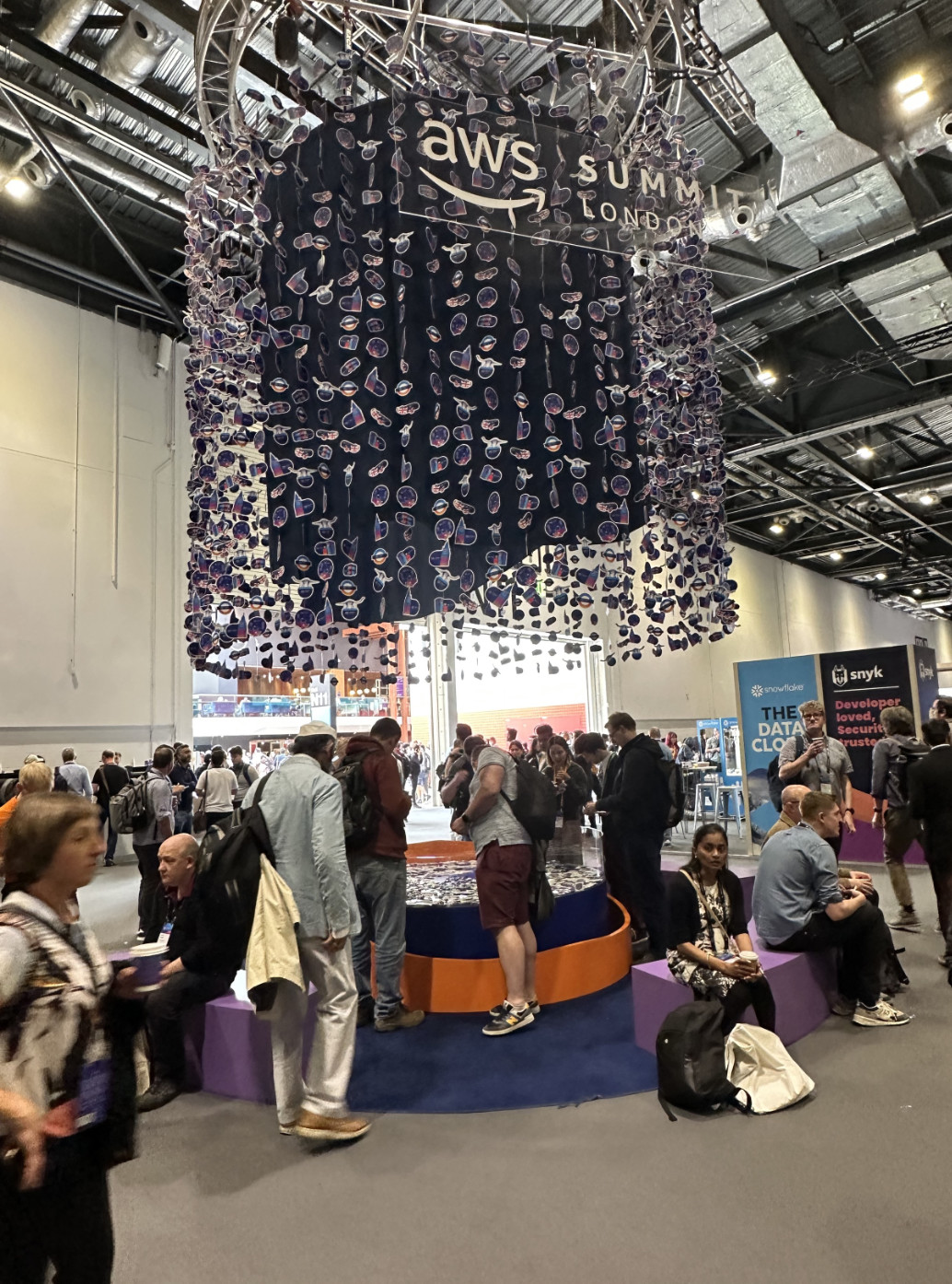
How Skyscanner built a resilient K8s platform on EC2 Spot/EKS and saved 73% of their cloud spend.
Hosted by Mike Dukes & Guy Templeton
The final talk of the day we went to was a customer success story, talking about Skyscanners use of EC2 Spot instances and EKS (I told you it was a common theme!) to reduce their total cloud spend by over 70%, which is an extremely impressive figure.
Dukes began the talk by explaining EKS and some of its key features within AWS; this gave an excellent introduction to anyone unfamiliar with the service. Templeton then told us about Skyscanners journey moving to containers and eventually to using Spot containers.
Templeton walked through the migration to AWS, the use of ECS, and the issues encountered with mass amounts of resources, load balancers and high costs. To accommodate this, they started experimenting with EKS, which initially solved their problems but presented new challenges, including noisy neighbours, dependency issues & deployment issues due to the sheer scale of the Kubernetes clusters.
They finally moved on after copious amounts of research to using a cell-based model for their resources and made the migration to using spot instances. Some of the key points presented from moving to spot instances include:
The final talk of the day we went to was a customer success story, talking about Skyscanners use of EC2 Spot instances and EKS (I told you it was a common theme!) to reduce their total cloud spend by over 70%, which is an extremely impressive figure.
Dukes began the talk by explaining EKS and some of its key features within AWS; this gave an excellent introduction to anyone unfamiliar with the service. Templeton then told us about Skyscanners journey moving to containers and eventually to using Spot containers.
Templeton walked through the migration to AWS, the use of ECS, and the issues encountered with mass amounts of resources, load balancers and high costs. To accommodate this, they started experimenting with EKS, which initially solved their problems but presented new challenges, including noisy neighbours, dependency issues & deployment issues due to the sheer scale of the Kubernetes clusters.
They finally moved on after copious amounts of research to using a cell-based model for their resources and made the migration to using spot instances. Some of the key points presented from moving to spot instances include:
- Heavy testing in a sandbox environment was used to build confidence.
- To keep capacity high, they use Spot instances in over 200 AZs so that if some are removed in certain AZs, connections can easily failover to other AZs with capacity for Spot
- Spot instances are another step in treating infrastructure as cattle, not pets.
- Almost 100% of Skyscanner services run on Spot, including the main website.
- Important to understand what services Spot is appropriate for, as it’s not for everything (e.g. a data pipeline)
The talk was then concluded with the following statement: Spot on production is possible and can allow for some great benefits – but it’s not all great and does require real changes and plans in place to prep for DR and stuff like that – essentially, you need to prepare for spot instances to be taken away for an application on Spot to work.
Finally, as per tradition, the AWS Summit finished with a transaCT-hosted free bar and hospitality for our customers, partners, and, what seemed like, most of AWS!
For more photos from our drinks event and the AWS Summit, check out our LinkedIn at https://www.linkedin.com/company/transact-technology-solutions